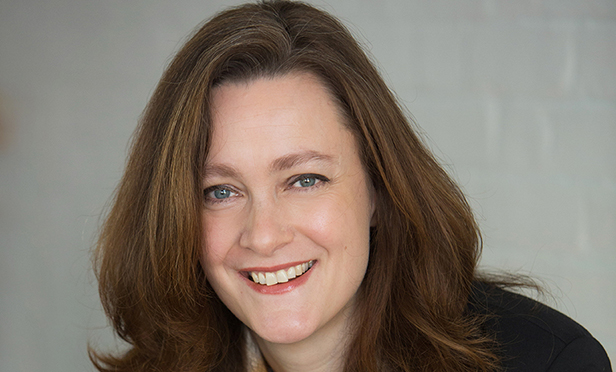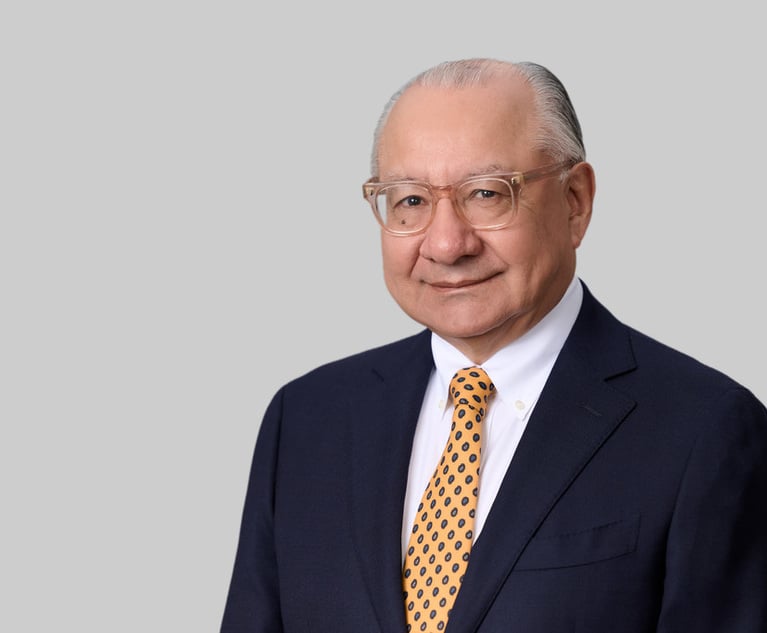Last year, Legal Week Intelligence, in association with Fulcrum GT, profiled 20 innovators driving change in the legal sector. We focused on what inspired these figures to shift their views and how this bred innovation. In 2017, we look at the innovations themselves.
The Top 20 Legal IT Innovations report aims to get to the heart of what innovation means by illustrating how new ways of doing things, large or small, local or global, have shaken up a sector often characterised as slow moving and resistant to change.
Click here to download the report from Executive Insights (free, registration required).
“The starting point for Luminance is the latest developments in artificial intelligence technology coming out of PhD research at Cambridge University,” says Luminance CEO Emily Foges (pictured), who suggests that the pre-eminence of Cambridge is fundamental.
Foges explains that Luminance “brings together different strands: machine learning, natural language processing, and statistical probability by using inference to develop something completely new, which enables a machine to read vast quantities of documentation, to compare them all simultaneously, and to understand what’s in them and why they are different from each other.”
It’s about making human lawyers more effective rather than replacing them
Development of the technology centres on applying it to legal services. Shortly after Luminance was founded in 2015, conversations began with law firms, particularly Slaughter and May.
These focused on “the best way to use the technology to significantly improve the way they work,” says Foges. “The problem of huge quantities of documentation that have become completely unmanageable needs to be solved: this technology can solve it.”
Foges cites an example of junior lawyers analysing 1,000 sales agreements, only to discover that they are all identical. “That’s not a good use of the client’s money or the lawyer’s time,” she argues. But Luminance goes further than highlighting textual differences. “It recognises patterns in language,” she says. “It understands legal language well enough to identify legal concepts and what they are to pinpoint where there are deviations from the standard.”
Keen to emphasise that no set-up is required, Foges points out that there is also no need to train the system to understand a law firm’s documentation. “It’s seen enough already to recognise those concepts,” she says. “Simply upload the documentation and start working just like the manual process, but much faster.”
She compares Luminance to an iPhone: a highly sophisticated device with no instruction manual or training required. Because it is browser-based, no special equipment is needed either. In analysing documentation, it can figure out whether there is hidden risk. Foges highlights the 34,000+ pages of standard cross-border M&A documentation. “You load them and Luminance will immediately tell you what they are, where they are from, which countries they are represented in, what languages and what type of documents they are, what clauses are contained within them, and flag up likely areas of hidden risk.”
Parallel trials of Luminance alongside the manual process show a minimum 50% in time-saving and a 90% verified accuracy rate. “Once you go beyond 90% you get diminishing returns,” suggests Foges, pointing to one law firm that has worked with Luminance where their trainee accuracy was 65%. “Unlike trainees who move up, only for the next batch to arrive, a machine keeps learning and getting better,” she adds.
Unlike trainees who move up, only for the next batch to arrive, a machine keeps learning and getting better
As a sign it has leapfrogged incumbents in the market, Slaughters has taken a 5% stake in Luminance, with Invoke Capital being the principal investor. Slaughters’ Spanish best friend Uria Menendez has recently signed up, with “hundreds” of other firms set to follow, as the Luminance team spreads from Singapore to Stockholm.
So will AI replace young lawyers? “There’s no reason why it shouldn’t become ubiquitous,” says Foges. “But it’s about making human lawyers more effective rather than replacing them.
“We’re not seeing firms trust to a system to tell them what the issues are. Luminance tells you where there are standards and deviations; you then have to analyse them to decide whether they are a problem.”
Looking ahead, she foresees Luminance operating in multiple languages; it has only been trained in English thus far. “And it won’t just be law firms who use Luminance,” she suggests, “it will also be in-house legal teams.”
The Top 20 Legal IT Innovations 2017 report is available to download for free from Executive Insights. Click here to download the full report (registration required).
![]() Innovation and new ideas in law will be top of the agenda at the LegalWeek Connect event later this month, with a big-name line-up of speakers gathering on 29-30 November at London’s Institution of Engineering and Technology to discuss these issues and more. Click here for all the details.
Innovation and new ideas in law will be top of the agenda at the LegalWeek Connect event later this month, with a big-name line-up of speakers gathering on 29-30 November at London’s Institution of Engineering and Technology to discuss these issues and more. Click here for all the details.
NOT FOR REPRINT
© 2024 ALM Global, LLC, All Rights Reserved. Request academic re-use from www.copyright.com. All other uses, submit a request to [email protected]. For more information visit Asset & Logo Licensing.










